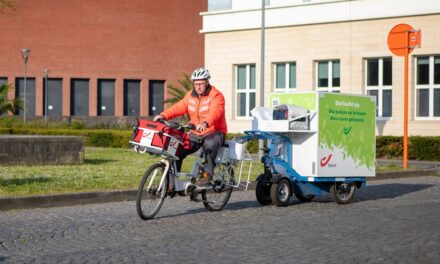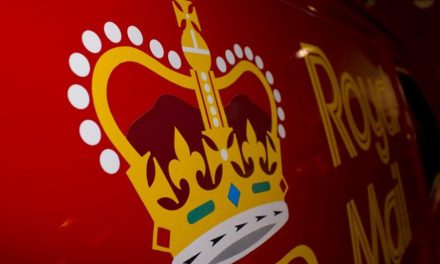
A short history of the postcode
The postcode in its present form as a mixture of six letters and digits, was first used in Norwich in October, 1959. This was the world’s first experiment with postal address codes designed to allow sorting by machine. By 1974, the postcode system covered Britain.
The earliest form of postcode was introduced in London in 1857. Sir Rowland Hill, the inventor of the penny post, divided London into districts denoted by compass points, ‘N’ for north, ‘S’ for south and so on. The first provincial city to be divided into postal districts was Liverpool in 1864.
Numbers were added to the London postal districts to divide them up more specifically into NW1, SW2 etc during the First World War, in 1916.
A postcode is divided into two parts, inward and outward. The outward code – the first part – shows the destination area of the letter, and the inward code – the second part – guides the letter from the final sorting office to its delivery point. The outward code is divided into the postal county or area – the letters – and the post town or district – the numbers.
An inward code consists of the number, showing the sector or dependent locality, and the final two letters indicate the street, which can cover anything from 14 to 100 delivery points, as addresses are known in the jargon. Every UK address is kept on a Royal Mail database called the postcode address file, or PAF.
There are 124 postcode areas, 2,869 districts, and 9,516 sectors, giving a total of 1,671,528 postcodes for 24.5 million addresses.
Consignia, the former Post Office, says: “A postcoded letter can be sorted 20 times faster, and more accurately, than by hand, thanks to sorting equipment which is capable of handling 30,000 items an hour.
“Many Royal Mail sorting offices use the latest electronic image-scanning technology to ‘read’ a postcode, convert it into a barcode and print it on the envelope. Once barcoded, a letter can be automatically sorted. And postcodes can play a part in crime detection. Valuable items can be postcoded, such as bicycles, videos, televisions and golf clubs, making it easier for any stolen items to be recovered.
“Postcodes also have a variety of business uses, including rapid address systems where telephonists need only ask your name, house number and postcode to get your full address details on their computer screens, allowing quick response to enquiries or orders.”
A national enquiry line lets you check any postcode, on 0345 111 222. Or you can click on Postcodes Online at www.royalmail.com.












